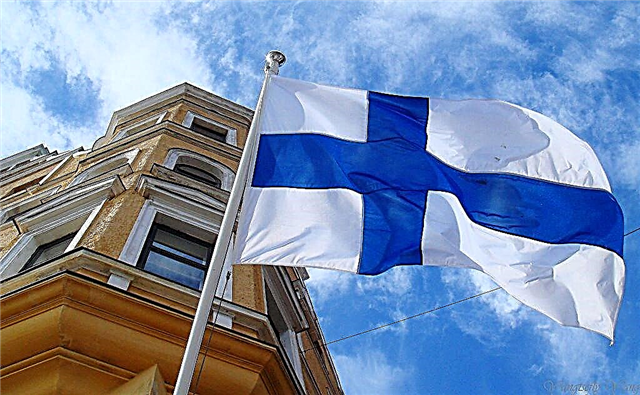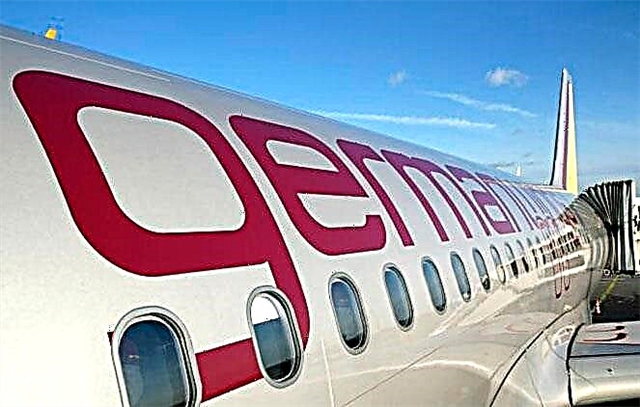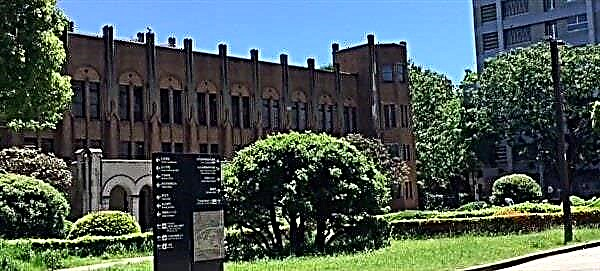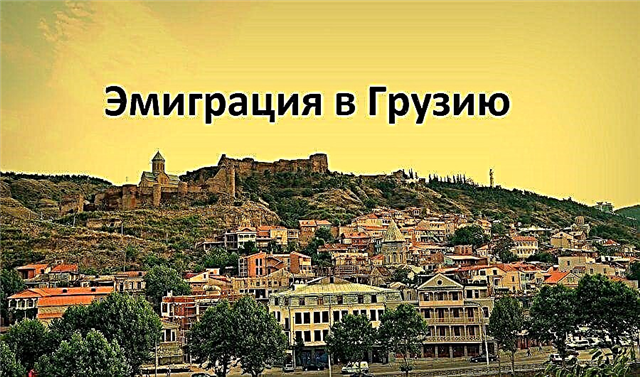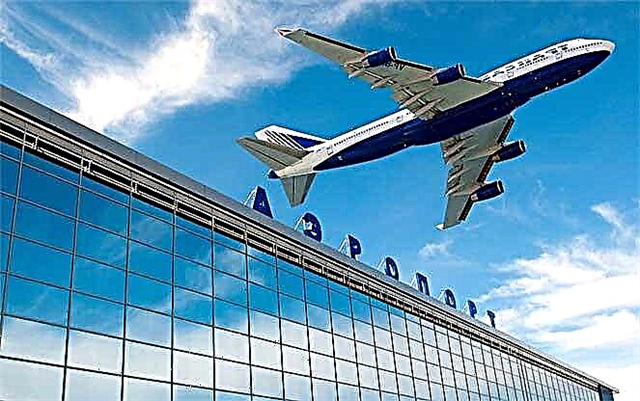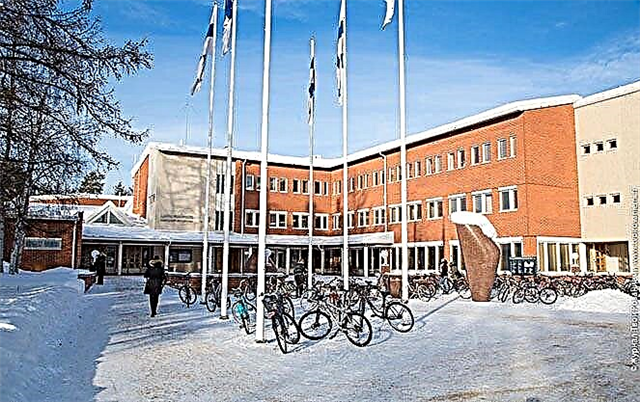The geographical location and prevalence of the Russian language made Finland the best option for foreign citizens wishing to get an education. Schools in Finland are among the best in Europe according to the analytical research of Newsweek, and the international PISA test has confirmed the high level of students' preparation.

How children study in Finland
The Finnish school, like the Russian one, provides for two academic semesters, autumn and winter vacations.
The new academic year starts from 8 to 16 August - there is no fixed date, but ends at the end of May. The school week consists of five days, Friday is an abbreviated day.
For a student from Eastern Europe, the holidays may seem short: only 3-4 days in the fall, two weeks in the winter and the Easter holidays.
In Finland, schoolchildren have electronic diaries that all parents have access to. In addition, once a month, the school curator sends an informational letter to the parents with all the student's achievements.

Grades are set on a ten-point scale, starting with grade 4.
If we talk about how many years Finns have been in school, secondary education lasts 12 years. It includes not only mastering basic school knowledge, but also obtaining a profession at a lyceum or professional college. After graduating from the 12th grade, schoolchildren have the opportunity to enter any university in the country.
Types of schools
School education in Finland is heterogeneous; educational institutions are usually divided into lower and upper level schools, as well as lyceums. In addition, in 2021, private schools and boarding-type institutions operate in the country.
Lower level school - alakoulu
The educational process starts from the elementary or lower school, which provides education from the first to the sixth grade.
As in Russia, in the early years children study in the same room and with one teacher. During the first two years, schoolchildren become familiar with the Finnish language, study reading, mathematics, drawing, music and physical education. With the consent of the parents, the child also learns religion, according to the religion of the family. Atheists can take a course on life-understanding.
Primary school provides for a mixed format of classes: in one lesson, children can be taught several disciplines at once.
In grades 3-6, students are already learning English, and also choose a second foreign language. Among the electives available for children, we note computer courses, choral singing and woodwork.
In elementary school, much attention is paid to the creative development of the child. However, the fundamental sciences are not forgotten either. Already in the fifth year of study, children begin to master history, chemistry, physics and geography.
Upper level school - yläkoulu
From the seventh grade, children go to high school, where they study for three years - up to the ninth grade inclusive. At this level, subject teachers are involved in working with students. Optional subjects are added to the main subjects - in accordance with the student's future profession.

In the 9th grade, students get acquainted with professional activities.
Separately, it should be said about the tenth grade - it is not considered compulsory in Finland. This year can be completed by guys who want to improve their performance, tighten or deepen their knowledge in a certain direction.
Lyceum - lukio
It is impossible to enter the university immediately after the ninth or tenth grade. Secondary education ends in college or lyceum. The standard term of study is 2 years, the so-called 11th and 12th grades.
After graduation, graduates in a solemn atmosphere receive certificates and white caps. After that, young guys and girls can go to university or work in an already mastered specialty.
Private school education
There are not so many private schools in Finland, since the level of education in public educational institutions is quite high. In addition, the state is doing everything possible to ensure the equality of secondary schools.
Private institutions are mainly aimed at specialized education.
Here, students get the opportunity from school to study their chosen profession, if there is no such opportunity in standard educational institutions. For example, children's sports schools stand out among private ones.
Boarding schools
Boarding schools or boarding schools are for children whose parents are unable to live in the city where the child is studying. Such schools are arranged as universities: on the same territory there are campuses where children live under the supervision of curators, and school halls where training takes place.
Studying in such schools is more expensive compared to the classical options, however, in addition to a safe living, the student will receive useful leisure time. The life of campus residents is filled with excursions, sports and intellectual entertainment.

And also boarding schools are international schools where a citizen of any country will feel comfortable.
Due to the convenient "accommodation + training" system, boarding houses remain the most popular among foreigners.
How to go to school in Finland
Children of immigrants are enrolled in schools in their place of residence. If the child does not know the Finnish language, then he is placed in the Russian-Finnish class. As a rule, for this you need to provide a minimum package of documents: a completed application and a copy of the parent's passport.
If the child does not enter the first grade, then the report card for the previous year and a letter of recommendation from the head of the previous school will have to be added to the package of documents.
Private schools have the right to request language test results or organize additional tests.
The process of enrolling in a Finnish school is not difficult, but if the parents came to the country with their child specifically to study, then you will need to apply for a residence permit.
When extending such a document, the ability of a foreigner to support a child is of particular importance.
The competition is relatively small, so everyone enters schools.
Several educational institutions in Finland practice the so-called part-time education. It does not constitute distance learning, but provides some part of the online training hours. This option is convenient for children living far from the school.
Finnish schools tuition fees
Secondary education in Finland is free. The state annually allocates several billion dollars for secondary schools - they cover not only the salaries of teachers, but also educational materials and meals for children.
Upon entering a public high school, a student can eat free of charge in the cafeteria and receive textbooks. In addition, school buses are provided - they will take the child to and from school.

Of course, parents should buy stationery.
Private schools in Finland have the right to charge tuition fees. One year of study at an international school in Helsinki will cost 12,000 euros.
Boarding houses are the most expensive option for secondary education, since the price includes not only the educational program, but also accommodation on the academic campus.
Features of Finnish schools
The territory of Finnish schools is not fenced, and there is often no security inside. However, the buildings themselves are equipped with an automatic locking system on the front door, so only teachers, students and their parents can get inside.
Children do not always sit at their desks: some objects are held in playrooms, where students sit on rugs, sofas or armchairs.
School uniforms are missing, as are any dress requirements.In theory, a child can even come in pajamas without being scolded for it. But removable shoes are necessary, younger children are allowed to run around school in socks.
If the weather permits, the lessons are held outdoors - the children sit on the grass or on benches.
Schoolchildren spend their breaks in the fresh air.
Homework is not an obligatory attribute of learning, it is rarely asked, therefore, parents do not have to do homework with their children.
Also, there are no calls to the board and retelling of teaching material.
In the dining room, each child has his own table, and the parents themselves can adjust the menu. At the same time, the size of the portions is not limited, children can put on their plate as much as they like.
Russian schools in Finland
Russian schools in Finland are not uncommon, which is primarily due to the proximity of Russia.
In addition to individual educational institutions, which we will discuss below, many educational institutions have mixed classes - in them Finns and Russians study together, while there are at least two teachers in the class, which allows you to pay enough attention to the students.
The most famous school at the Russian Embassy. Initially, it was created for the children of employees, but at the moment it is open to everyone.

Education for children whose parents work at the embassy is free. For others, the following rates apply: for foreigners who do not have a state contract of the Russian Federation to work in Finland, full-time training costs 120-200 euros per month, part-time - 205-270 euros per month.
More detailed information is provided by the official website.
Another popular institution is the Finnish-Russian School in Helsinki. At the moment, it is also possible to enter an educational institution in Imatra, Lappeenranta and Joensuu - each of these cities has its own branch.
Consider the Finnish high school Matinkylän koulu in Espoo. It has 400 students in 19 classes. The staff, in addition to teachers, includes a social worker, a psychologist, a consulting teacher and medical staff, including even a dentist. The school budget is 1.5 million euros per year, and education, of course, is free.
Finnish schools open to foreigners
Many readers try to find out in advance where the good schools for foreign citizens are, and this is logical - parents want their children to receive a better education.
The basic principle of the educational system of this country is equality. Without exception, all Finnish schools provide a high level of knowledge, and almost all of them can enroll Russian-speaking children.
Even if the school is not Finnish-Russian, and the child does not speak Finnish, he can go to school, where he, along with other foreigners, will be assigned to a separate class - the children will be taught Finnish as a foreign language. As practice shows, after a year of study, children begin to communicate fluently in Finnish.
Conclusion
Finnish schools have long won the trust of all of Europe with their liberality, efficiency and innovative approach to the learning process. Russian children can study in Lahti, Helsinki, Porvoo and other cities.
Finnish schools are organized in such a way that every child feels easy and comfortable. Foreign students first learn Finnish, which allows them to quickly integrate into a new environment.

